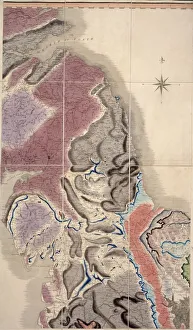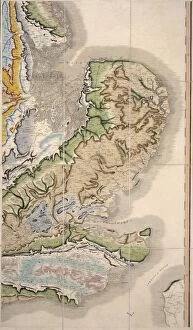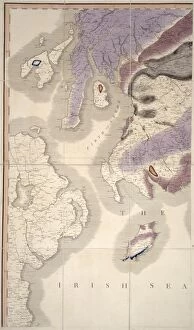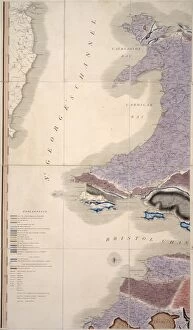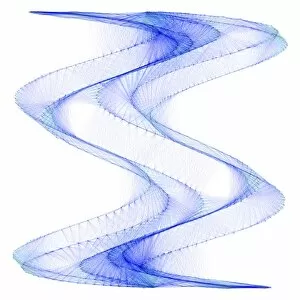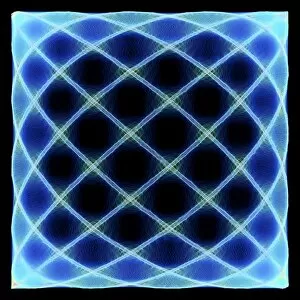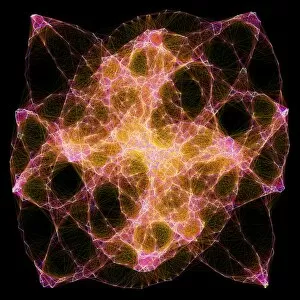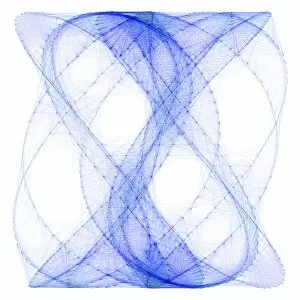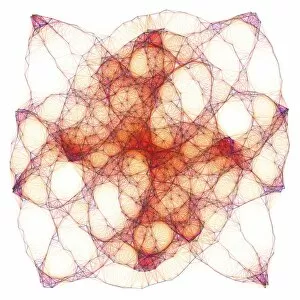Superposition Collection
"Superposition: Unveiling the Layers of Time and Space" In 1815, a groundbreaking achievement took place with the creation of the first geological map of Britain
All Professionally Made to Order for Quick Shipping
"Superposition: Unveiling the Layers of Time and Space" In 1815, a groundbreaking achievement took place with the creation of the first geological map of Britain. This remarkable map, bearing the reference C016 / 5683, revealed the intricate layers that lay beneath our feet, unraveling the secrets of Earth's history. As we delve deeper into this captivating subject, we discover more maps that followed suit - C016 / 5681, C016 / 5680, and C016 / 5682. Each one peeling back another layer to expose the fascinating geological tapestry hidden within our landscapes. But superposition doesn't confine itself solely to geology; it extends its reach even further. In quantum physics, superposition refers to a mind-bending phenomenon where particles exist in multiple states simultaneously until observed or measured. Shifting gears from science to artistry, let us wander through Place de l'Opera in Paris. Here lies a book filled with three lines connecting this vibrant square to Courcelles - an exquisite example at play amidst bustling metro construction work. Speaking of construction sites and overlays, let's turn our attention towards another marvel taking shape in Paris - The Municipal Metropolitan Railway. At Place de l'Opera once again, we witness an overview capturing the simultaneous progress on three different lines. A testament to human ingenuity as well as architectural complexity. And just when you thought superposition couldn't get any more mesmerizing – enter Lissajous figures. These enchanting artworks (F005/2992 and F005/2986) depict harmonious patterns created by intersecting oscillations. They embody how beauty can arise from overlapping waves dancing together in perfect synchrony. Whether it be mapping ancient rocks or exploring quantum realms or admiring artistic wonders like Lissajous figures – superposition invites us to embrace complexity and appreciate how diverse elements coexist, intertwine, and shape our world.

